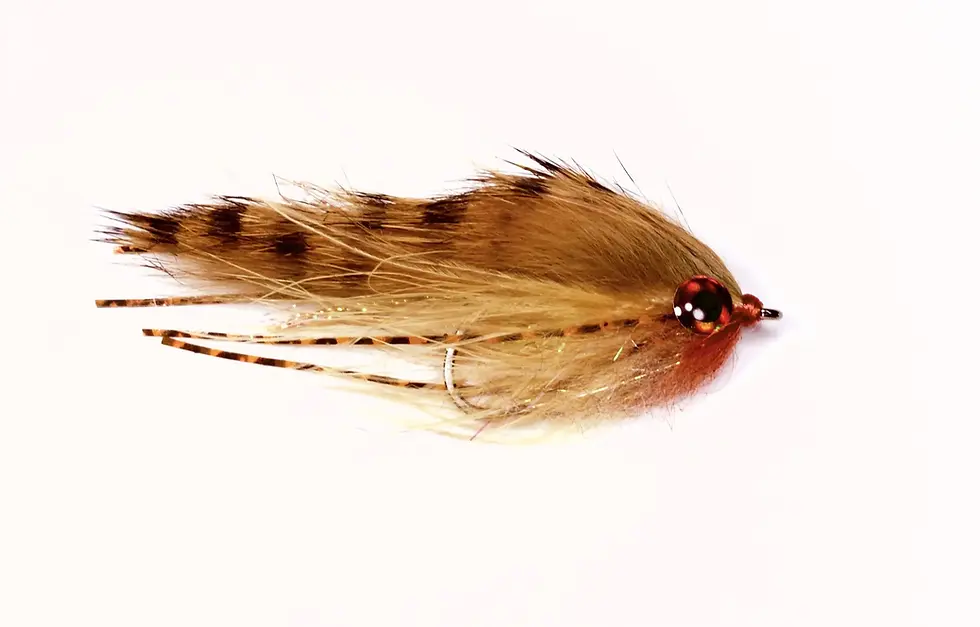How to Catch a Bass…Part 3
- dparsons911
- Dec 14, 2024
- 3 min read
Updated: May 23

Part 3 – You’re doing it wrong.
Like most of the accomplished stillwater trout guys I know, the majority use two main techniques, “hanging” flies under an indicator, or counting down a sinking line and then slowly stripping back to the boat. Bass fishing is a whole different game. Trout will cruise around the lake looking for food, sometimes constantly moving around the lake all day. Bass don’t cruise. They wait in ambush. In short, you don’t sit and wait for bass to come by. You must hunt the fish.
I’ve seen some truly expert stillwater trout guys get completely baffled during an all out bite simply because they’re not fishing the water correctly. Bass are a completely different animal than the trout that we all have studied so religiously and to put it simply, they act almost nothing like a trout. Think structure, think ambush. Bass are agressive predators and if your fly isn’t near something big enough to hide behind, its going to be a “well at least it’s better than working” kinda day. Bass hold near structure almost all the time. They are rarely caught out in open water unless its the dead of winter when they follow the shad schools out into the main lake areas. But the rest of the year, they cling to structure, any structure…weeds, trees, sunken UFOs, anything they can find to stage up on, under or behind. If there isn’t any structure available, they hug the bottom. So to put it simply, you need to be getting your fly in and around obstacles or near the bottom. Get your flies into the areas where the fish are holding and keep them there.

Line selection becomes much more important than in your trout efforts. Intermediate lines, sink tips and full sink lines all come into play. Your floating line will work but it will limit you. The idea is to get the fly down and have it suspend as much as possible next to the structure. Both weighted and non weighted flies need to be matched up with appropriate lines to get the depth and retrieve action you want and to hit deep and mid depth holding areas or above weedbeds where the bass are hanging out.
Weed beds will hold fish all summer long and into the fall. In the heat of the day they will bury themselves inside the thickest muck. Heavy weighted flies, patience and some foul language usually do it.
These same rules apply for surface action. Topwater usually means keeping tight to the shore and weed lines most of the time but fishing over shallow rocky points and rock piles will be worth the time. Again, the structure is the key. If you can't get it next to something, get it above something.

Casting accuracy becomes critical here to stay out of the weeds and trees and fly robbing stickups. You might be an expert tossing small dries to a tight lie on a stream with your super exquisite 4 weight, but slamming down a soggy wet mouse-sized pattern within an inch of a brush pile or a hole in the weeds with an extra fast 7 weight with a nice mini-hurricane-like breeze in your face all day is more of an art than you would think. …and casting a full sinking line needs no embellishment. If I had to sling a full sink line all day, I’d probably be a lot better at golf.












Comments